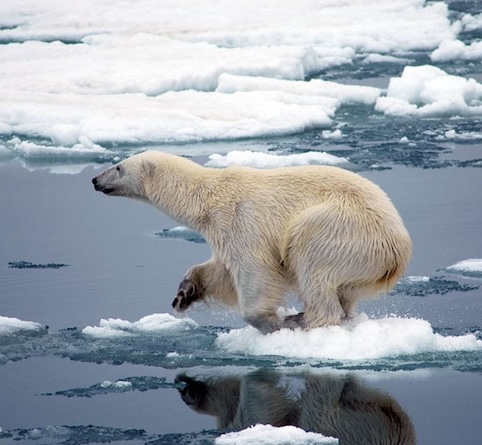
Changes in the Arctic.
The temperatures in the Arctic continue to rise at three times the global annual average, driving many of the changes underway in the Arctic. Most prominently, snow and ice are melting at an increasing rate. This impacts both local ecosystems and the global climate system. It contributes to rising sea levels, and is likely to provoke extreme temperature events beyond the Arctic. The effects of a shifting Arctic climate are felt across the high latitudes and beyond – with global environmental, economic, and social implications.
a